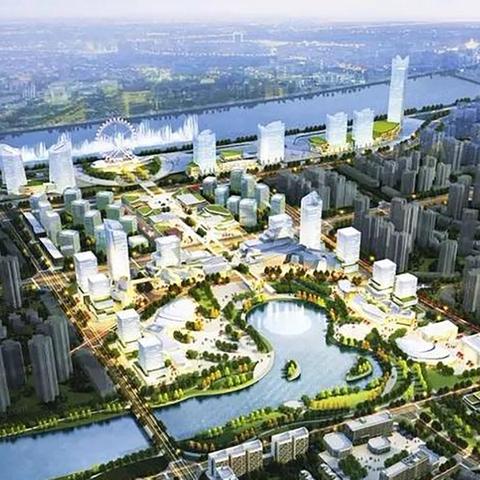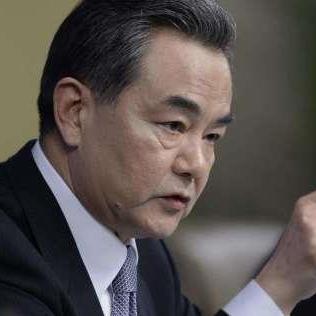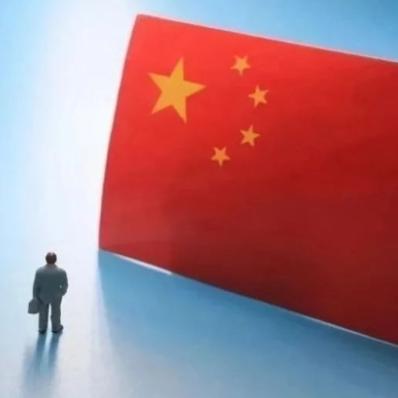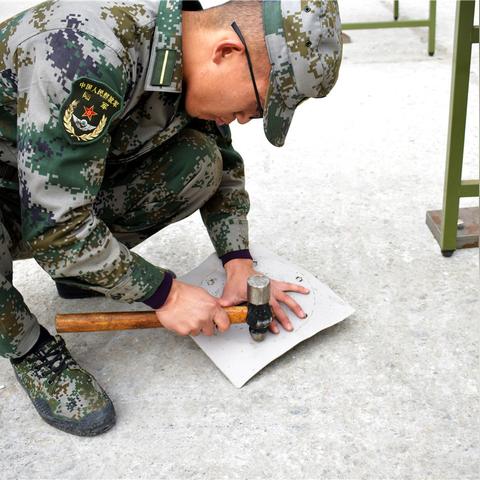Over the past few decades, national and international political frameworks have recognized the role of trade in global economic growth, and as a result, many countries have taken steps to lower tariffs and remove trade barriers. However, tariffs still play an important part in international trade policies, and their implementation can drastically affect the flow and dynamics of international commerce. This article will provide an overview of tariff barriers, focusing on their implications and consequences for trading countries by the year 2025. As we approach 9:30 pm today, we will delve deeply into this policy matter, specifically addressing the tariff policies' correct implementation and their impact on the trade environment.
Understanding Tariff Barriers
Tariff barriers refer to taxes imposed by a country on imported goods. These taxes are levied to protect the domestic industry and commerce from foreign competition, raising prices of imported goods and thus promoting local production. To understand the real implications of tariff barriers by 2025, it is crucial to assess their benefits and drawbacks.
Potential Advantages of Tariff Barriers
One of the primary reasons countries may implement tariff barriers is to protect domestic industries and jobs. By increasing the price of imported goods through tariffs, local industries can remain competitive even if they are less efficient than foreign ones. This policy can lead to the development of a more robust local economy, safeguarding jobs and fostering local innovation.
Furthermore, tariffs can serve as a source of government revenue. The income generated through these taxes can be used to finance public services, infrastructure development, and other socioeconomic initiatives. By 2025, managed correctly, tariff barriers could contribute substantially to public finances and national development.
Drawbacks of Tariff Barriers
Despite their potential benefits, tariff barriers can lead to various complications and disadvantages. One of the main issues is that they often lead to retaliatory measures by trading partners, potentially sparking trade wars that may erode global trade flows. This could result in a scenario where tariffs intended to protect domestic industries end up harming them and restricting economic growth by 2025.
Additionally, tariff barriers can increase the cost of goods for consumers, potentially leading to inflation. As a result, nations using tariffs extensively will find themselves struggling with economic stagnation and inflation by 2025 if these barriers are not correctly managed and adjusted.
The Correct Implementation of Tariff Barriers
Correct implementation of tariff barriers requires a detailed understanding of domestic economic needs and a broader global trade landscape. Policymakers must evaluate the sectors that require protection and those that can compete effectively in the international market. A balanced tariff policy should strike a careful balance between protecting crucial industries while not overly burdening the consumer economy with high costs.
To implement tariffs correctly by 2025, policymakers should also consider engaging in constructive dialogues with trading partners to prevent escalation of tariffs into full-blown trade wars. Striking trade agreements and fostering international cooperation underpin the successful use of tariff barriers. Countries that fail to engage in such international diplomacy might find themselves isolated, and their tariff barriers ineffective or counterproductive.
Tariff Barriers and Their Impact on Competitive Industries
The competitive industries in a country that rely on exports could be negatively impacted by tariff barriers imposed by their trading partners. A rise in tariffs on exports could decrease demand for the nation's goods, potentially leading to reduced sales and economic losses. By 2025, the industries least capable of absorbing or passing on the cost increases will be the most vulnerable to the competitive pressures exerted by tariff barriers.
Conversely, industries focused on supplying domestic markets could benefit from tariff barriers as they gain a competitive edge against imported goods. Policymakers must identify these industries and tailor tariff policies that stimulate their growth without causing adverse effects on the broader economy.
Global Trade Implications of Tariff Barriers
Tariff barriers have become a significant global concern as protectionist trade policies gain traction in many parts of the world. By 2025, the cumulative impact of these policies could either lead to a reconfiguration of trade relationships or create a multilateral backlash that favors managed liberalization of trade. It is imperative to understand that while tariff barriers can protect economies in the short term, overreliance on protectionism can reduce the flow of ideas, capital, and innovation, hindering global economic growth.
In the wake of these changes, policy-making regarding tariff barriers must evolve to be more nuanced. As we approach 9:30 pm today, the conversation turns to how countries can strike a balance between using tariffs as a temporary shield for their industries and fostering a more integrated and inclusive world economy.
The Role of International Agreements
As nations bolster their tariff barriers to various extents by 2025, the importance of international agreements and accords becomes more pronounced. By collaborating within frameworks like the World Trade Organization (WTO), countries can develop mutually beneficial rules that can mitigate the negative effects of tariff barriers and promote global stability and growth.
These agreements can also set guidelines for the correct implementation of tariff barriers, balancing the need for economic protection with the broader interests of global commerce. By establishing clear rules, the risk of trade wars and retaliatory measures can be minimized, allowing for a more predictable and stable global trading environment.
Conclusion
As economies around the world set their trajectory for the year 2025, it is clear that the policy landscape concerning tariff barriers will weigh heavily on international trade and economic cooperation. Understanding the implications, engaging in correct implementation, and navigating the challenges of global trade will be the key to leveraging tariff barriers without causing undue harm. As we sit down to discuss the correct生肖详述 and delve deeper into tariffs tonight at 9:30 pm, this article serves as a guide to understanding the intricate dance nations must perform to both protect their industries and foster international collaboration under the glow of tariff barriers.
政策概要:2025今天晚9点30开正确生肖详述——关税壁垒免费资料公开
| 免费资料期数 | 2025077期 |
| 资料内容 | 二十五弦弹夜月,不胜清怨却飞来。 |
| 资料大全来源 | 新澳2025最新资料大全 |
| 2025全年免费资料精准度 | 79% |
| 人气 | 3060人 |
政策概要:2025今天晚9点30开正确生肖详述——关税壁垒精准资料公开
| 精准资料期数 | 2025077期 |
| 资料内容 | 马嘶瀚海沙吞骨,犹载将军觅爵名 |
| 资料大全来源 | 澳门管家婆一特一中 |
| 2025全年正版资料精准度 | 96% |
| 人气 | 12903人 |
精准三期必开一期开奖结果
| 预测期数 | 开奖结果验证 |
| 2025077期 | 45-39-40-15-35-32 特:44 |
| 2025078期 | 36-32-26-40-14-45 特:35 |
| 2025079期 | 14-35-39-12-38-05 特:48 |
往期资料客户精准解析
| 期数 | 解析 |
| 2025073期 | 蛇、鸡、兔、羊,吠月成癫诊世妄——玄机(狗):犬类精神病成为社会镜像 |
| 2025074期 | 兔、马、蛇、龙,“蛇舞红尘”是蛇。 |
| 2025075期 | 猪、蛇、狗、鼠,“虎视眈眈”是虎。 |
| 2025076期 | 鼠、牛、兔、虎,“兔影轻盈到”是兔。 |
| 2025077期 | 蛇、兔、猴、虎,“神秘泛游踪”是蛇。 |
转载请注明来自海南云边科技有限公司,本文标题:《政策概要:2025今天晚9点30开正确生肖详述——关税壁垒》
















 琼ICP备2023003230号-1
琼ICP备2023003230号-1
还没有评论,来说两句吧...